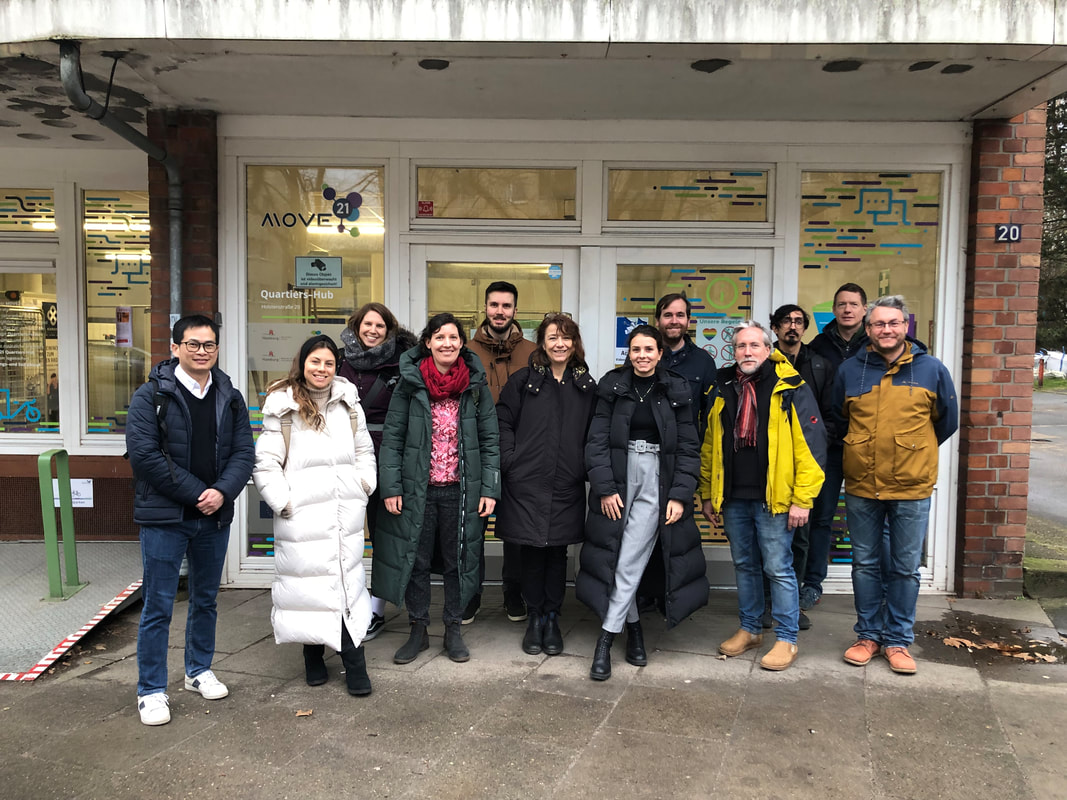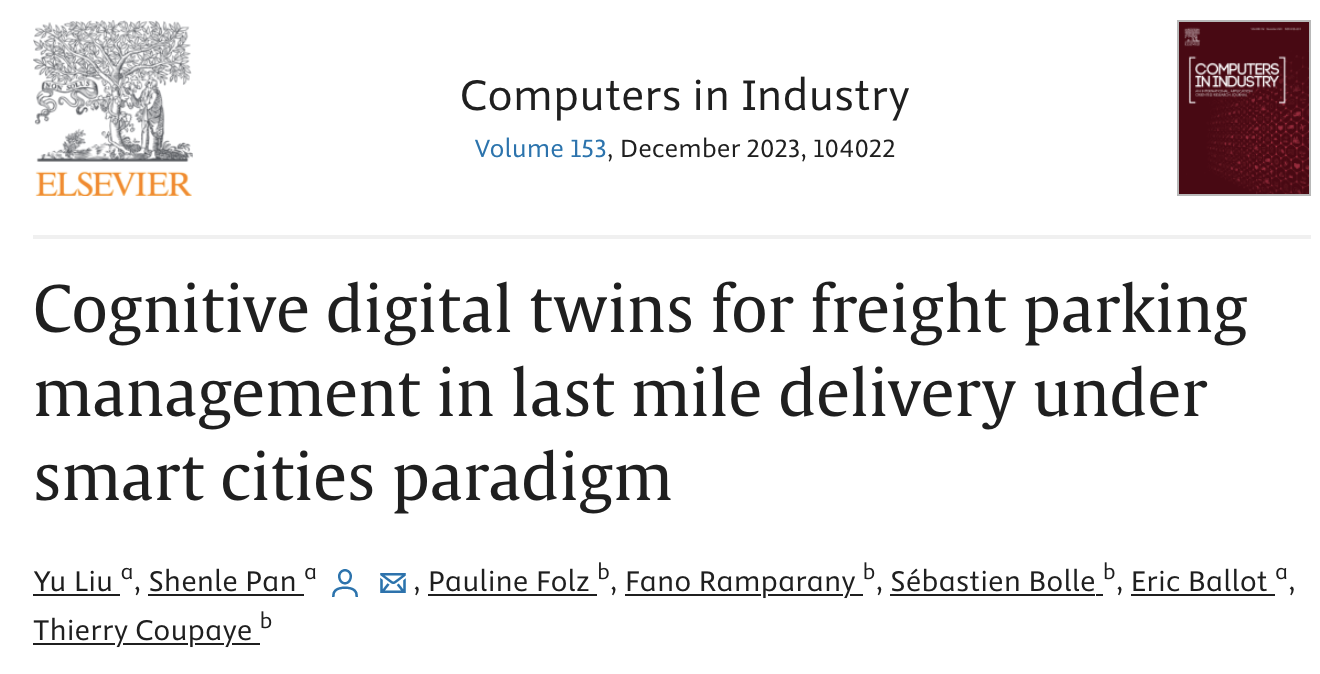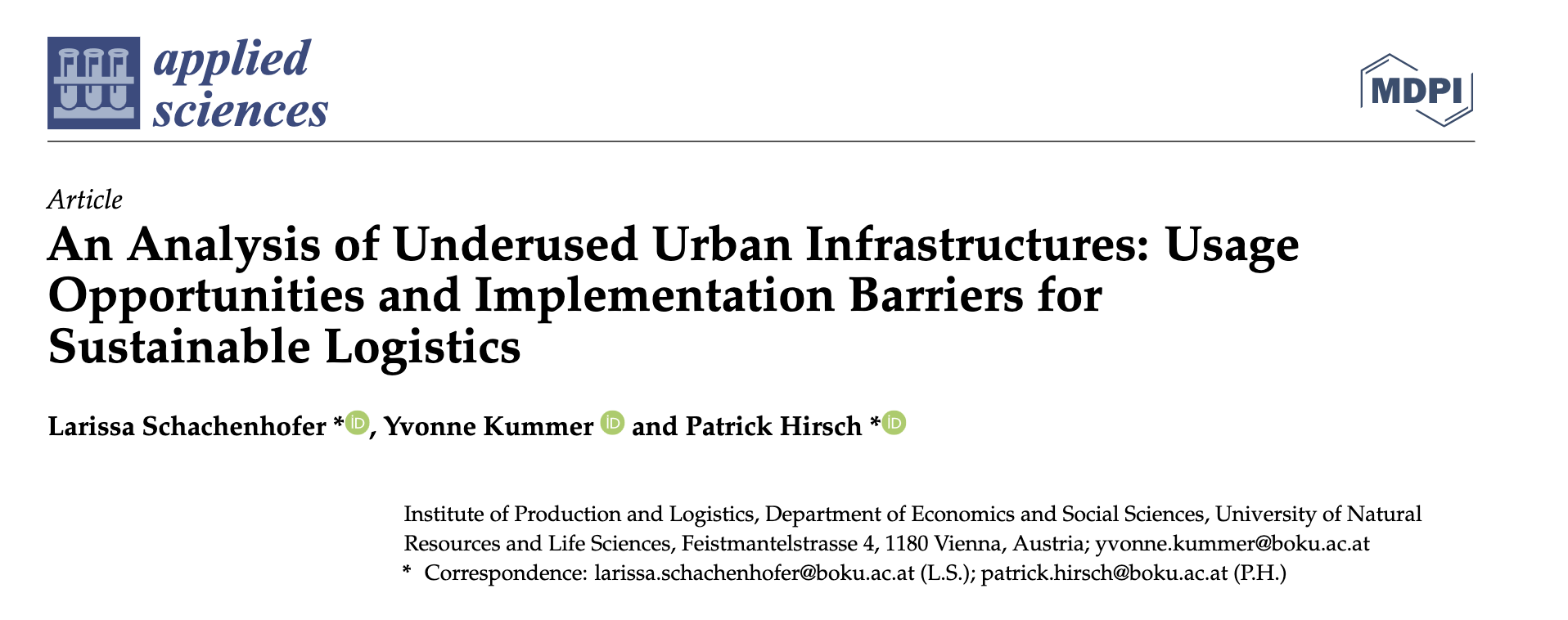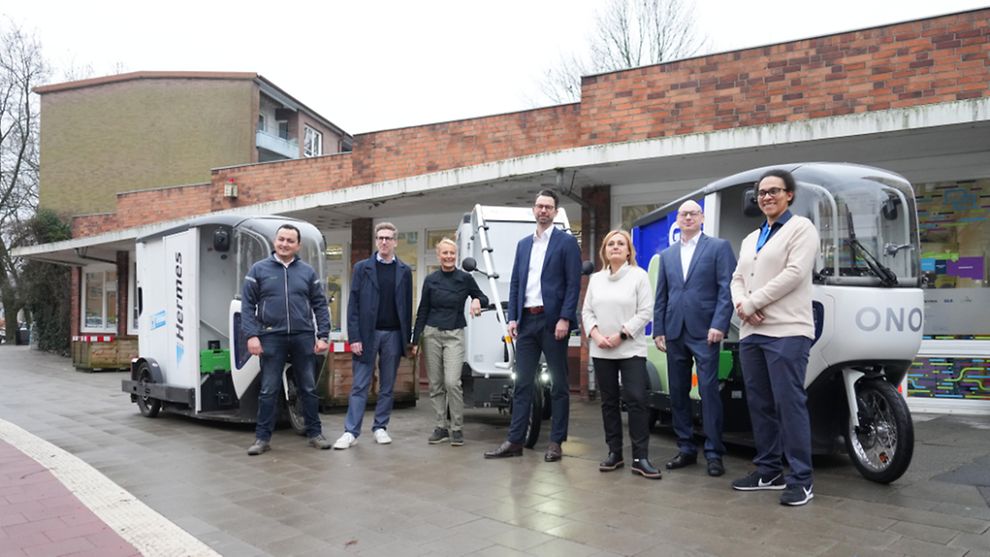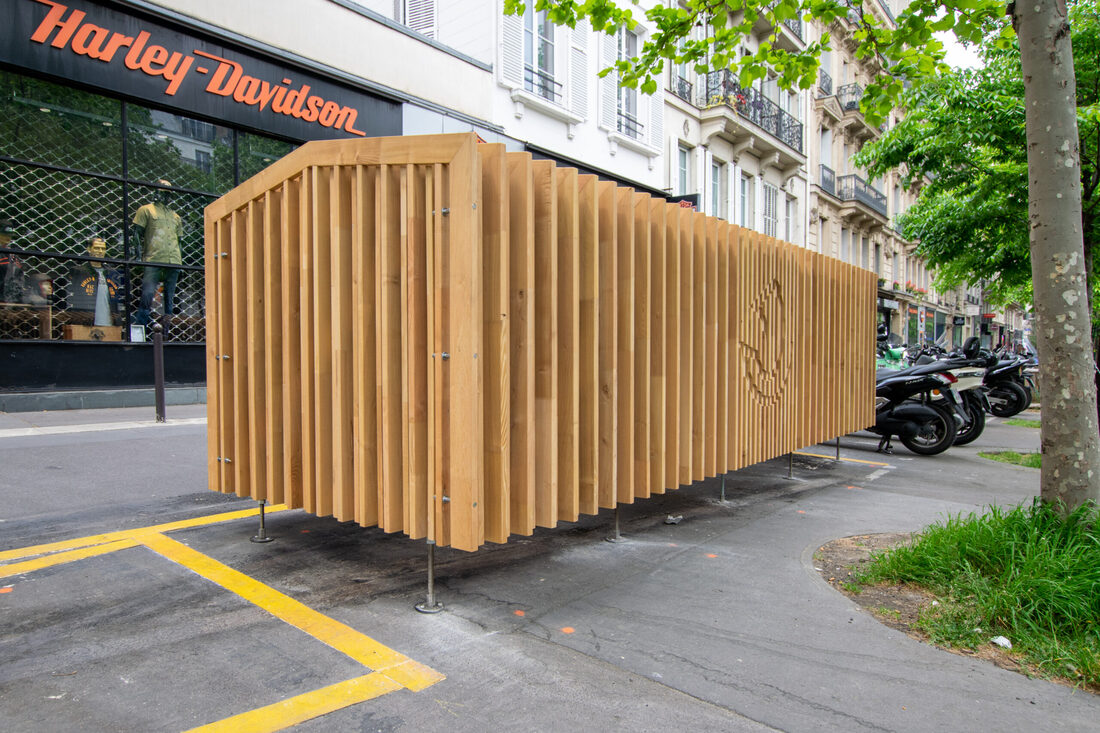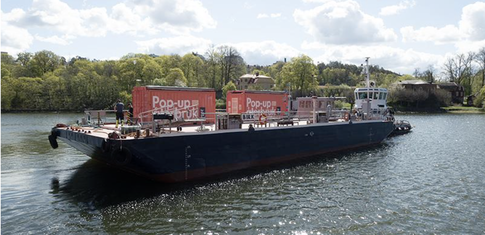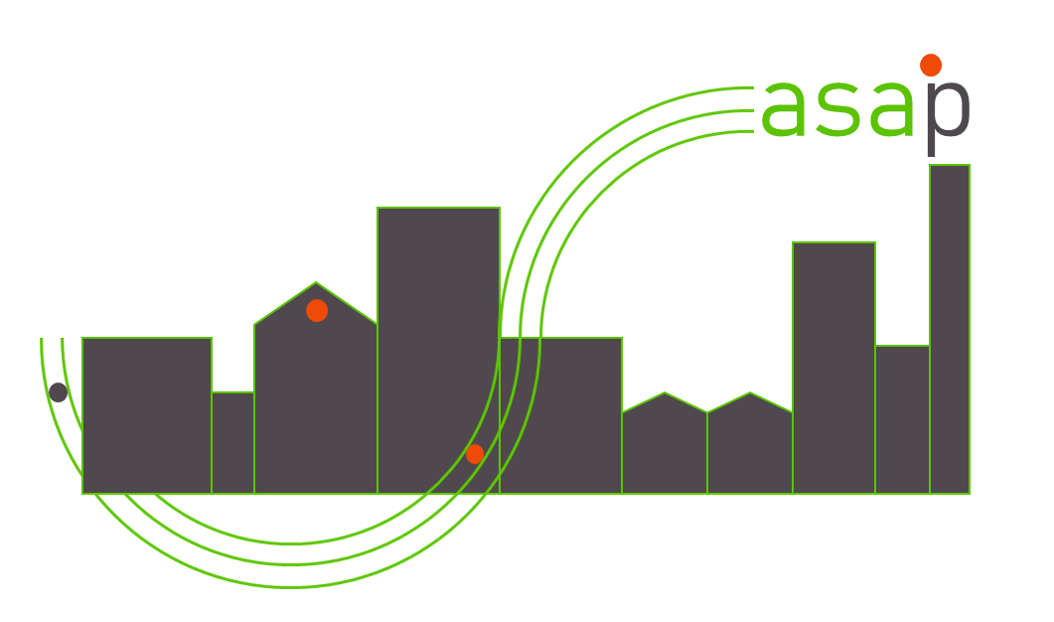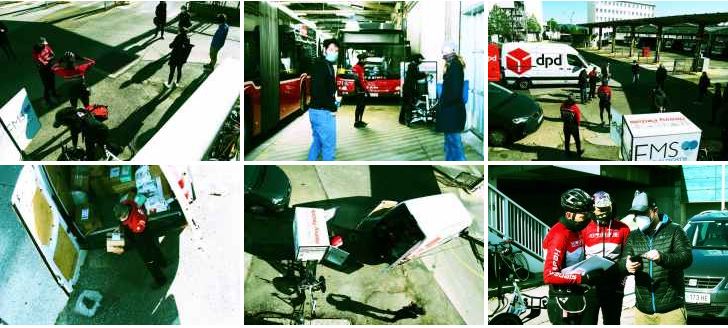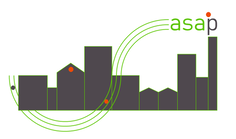Article about the Awaken Sleeping Assets Project
An article about the ASAP project and the achieved results was published on the JPI Urban Europe website. To read the entire article follow this link.
Digital Twins, a digital Representation of the Environment
A Digital Twin, a synchronized digital representation of a physical environment, is increasingly valued across sectors for optimizing processes, boosting productivity, and addressing environmental concerns. It models physical elements, business processes, and stakeholder interactions.
Thing’in, an advanced digital twin platform developed by Orange, a partner in the Awaken Sleeping Assets Project (ASAP), offers five key features:
Real-time updates on parking space availability enable route adjustments, ensuring efficient deliveries. Simulation results suggest a potential 40% reduction in vehicle emissions through parking space consolidation. Future enhancements may involve incorporating additional constraints, integrating multimodal transportation, and fostering collaboration among delivery drivers using proactive digital twins. In the collaborative project ASAP Orange and MINES Paris-PLS researcher, also part oft he project consortium, explore these possibilities to reduce delivery carbon footprints and enhance customer satisfaction through innovative digital twin applications. For more detailed information please click here. ASAP Final Meeting in Hamburg
The final meeting of the ASAP project took place in Hamburg on 6 and 7 February 2024. Representatives of all nine project partners from four European countries (Austria, Germany, France and Sweden) met for the event. The 2-day meeting was not only dedicated to project-specific content and presentations, but also included several site-visits to locations and organisations working on projects that have a certain connection to the concept of ASAP: the utilisation of underused or inactive infrastructure or resources for urban logistics purposes.
The first day started with the presentation of guidebook for city administrations and other interested logistics stakeholders that guides them step-by-step through the process of preparing, initiating, implementing, evaluating, and transferring logistics testbeds. The document can be downloaded from the project website. The afternoon was filled with a presentation of the EU-Project DECARBOMILE and a site visit to the Centre for Maritime Logistics and Services. During the site visit the project partners were able to gain insight into the CMLs diverse research projects, ranging from autonomous vehicles to navigation and shipping simulations. The morning of the second day was dedicated to project related presentations on various simulations carried out by research partners ARMINES and BOKU Vienna. This was followed by an update on the SULP Platform. The main topics were the platform growth, validation and continuous improvement as well as the long-term exploitation of project results. The meeting was concluded with two further site visits to projects SmaLa (smart delivery and loading zones in Hamburg) and Move21. Driving Sustainable Urban Logistics with Digital Twins
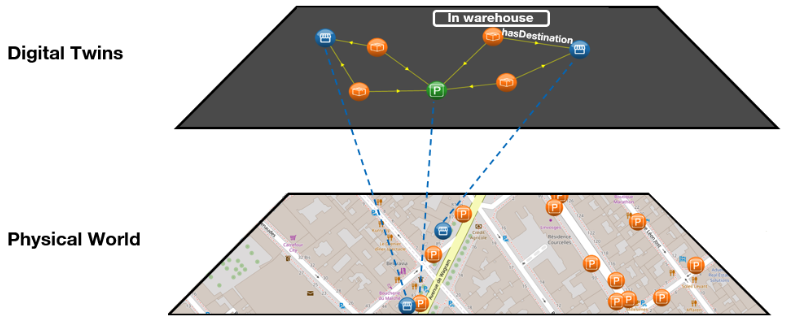
The surge in e-commerce and resulting business needs have contributed to a substantial rise in inner-city package deliveries, posing challenges such as increased greenhouse gas emissions, air pollution, road accidents, noise, and congestion. The last-mile delivery, specifically, is fraught with difficulties, including finding parking spaces and adhering to regulations, which contribute to environmental and logistical concerns. To address these issues, researchers are exploring innovative solutions that leverage the concept of the Physical Internet. The Chaire Internet Physique (CIP) at MINES Paris-PSL in France is a research initiative dedicated to the Physical Internet, applying internet principles to logistics. Researchers from MINES and Orange are also partners in the ASAP-Project. With a focus on sustainable urban logistics, the CIP aims to create an open, interconnected network for end-to-end logistic services, promoting efficiency and sustainability. The collaboration between MINES Paris-PSL and Orange involves the use of digital twins to tackle the last-mile problem, optimizing delivery routes and reducing the environmental impact of deliveries.
Cognitive digital twins for freight parking management in last mile delivery under smart cities paradigm
As part of the ASAP projects researchers from the working group of Eric Ballot at MINES Paris Tech have published a paper that explores the Freight Parking Management Problem (FPMP) in the context of Smart Cities using Cognitive Digital Twins. These advanced Digital Twins with semantic capabilities enhance real-time knowledge of parking connectivity, optimizing logistics and urban resource planning. The study presents a framework integrating logistics objects into Smart Cities, employing technologies like Property Graph, Web Ontology Language (OWL), and Web of Things. A case study in Paris utilizing the Thing’in platform, from Orange France, and AnyLogic simulations demonstrates the approach's effectiveness. Semantics-enabled Digital Twins enhance cooperation among systems, improving logistics efficiency, reducing negative impacts, and optimizing resources. The research offers new business opportunities for logistics providers and valuable insights for city planners and policymakers, supported by a mobile application prototype. You can read the entire article here.
An Analysis of Underused Urban Infrastructures: Usage Opportunities and Implementation Barriers for Sustainable Logistics
Foto (c) BOKU
We would like to present the recently published scientific paper that analyses the three primary categories of the "dormant assets" we are working with in the ASAP project. These include: 1. unused roads and connections, 2. vacant real estate, and 3. untapped resources. The paper draws on essential insights from existing literature and a methodical, qualitative analysis of 13 interviews with relevant stakeholders from science, administration, and businesses across four European cities (Hamburg, Paris, Stockholm, and Vienna). Through this research, seven distinct implementation barriers were identified. For each obstacle, corresponding countermeasures and critical approaches for cities were pinpointed, offering a glimpse into potential future sustainable urban logistics models. The analysis highlighted policy and regulatory frameworks as a pivotal factor impeding the utilization of urban "sleeping assets." Adjusting the regulatory framework can significantly ease the implementation of dormant assets and foster innovation in this domain. Furthermore, the findings underscore the significance of comprehensive strategies that align governmental and urban requirements with long-term policy objectives, offering clear guidance for stakeholders in urban logistics. The publicationencourages interested parties to tap into the untapped logistics potential of our cities in this sphere, while avoiding potential practical issues. For detailed information please visit our website and read the entire paper. Neighbourhood Hub in Hamburg-Altona
Foto (c) Move21 The MOVE21 EU-supported project aims to create multimodal and interconnected hubs in the partner cities for freight and passenger transport to contribute to a Zero Emission 21st Century. There are 3 innovator cities: Oslo, Hamburg and Gothenburg, with living labs. 3 replicator cities: Munich, Bologna and Rome further test different innovations from the living labs and six Cascade Cities. The Neighourhood Hub in Hamburg is a single space for mobility offers, logistics and social projects – that is the idea for the new Neighbourhood Hub (‘Quartiers-Hub’) in Hamburg-Altona implemented as part of the EU-funded project MOVE21. A previously vacant building belonging to SAGA, the social housing company, has now been re-designed as a multifunctional Hub for both commercial and public use. The Deutsche Bahn will operate the Hub. The logistics side of the Hub houses space to re-load packages and other goods. The goal is to reduce the amount of traffic coming from the transport of goods and to offer climate-friendly solutions. Deliveries and package pick-ups into and from the neighbourhood from the Hub will now be zero-emissions trips, thanks to the use of electric cargo bikes. The space inside the Hub itself will be used jointly by several different logistics companies, which will allow new models for cooperation to be tested. The delivery companies GLS and Hermes, as well as the logistics service company City Log, will be active at the Quartiers-Hub in Holstenstr. 20.
Wooden cages as Micro Hubs in Paris
Foto (c) Sogaris The City of Paris in cooperation with Sogaris a logistics provider is testing a new innovative urban logistics solution that fits perfectly into the ASAP concept. Urban logistics requires infrastructure and transport vehicles. By using car parking spaces as locations for micro hubs the deliveries to and within the city centre can be achieved by cargo bikes that are environmentally friendly and space saving. The wooden cages that can be accessed via digicode by the operator have been designed as experimental responses to the major challenges faced by urban logistics operators: scarcity of space, access and parking difficulties, consideration of climate issues, social exemplarity, the need to share spaces and hybrid uses.
Evaluation Floating pop-up Recycling
Foto (c) Stockholm/SVOA As many other European cities Stockholm is eager to reduce traffic, emissions and costs caused by traffic and to free public space for other uses. Because Stockholm has the advantage of many waterways within and surrounding the city it makes sense to analyse if these waterways would be suited for innovative recycling solutions. Therefore, a pilot study with a floating recycling centre was conducted and evaluated in May 2022 as part of the ASAP Project. For this a barge with recycling containers docked and stayed for two days at three different locations with docks that are easily accessible for nearby residents on foot.
Recycling Barge Stockholm
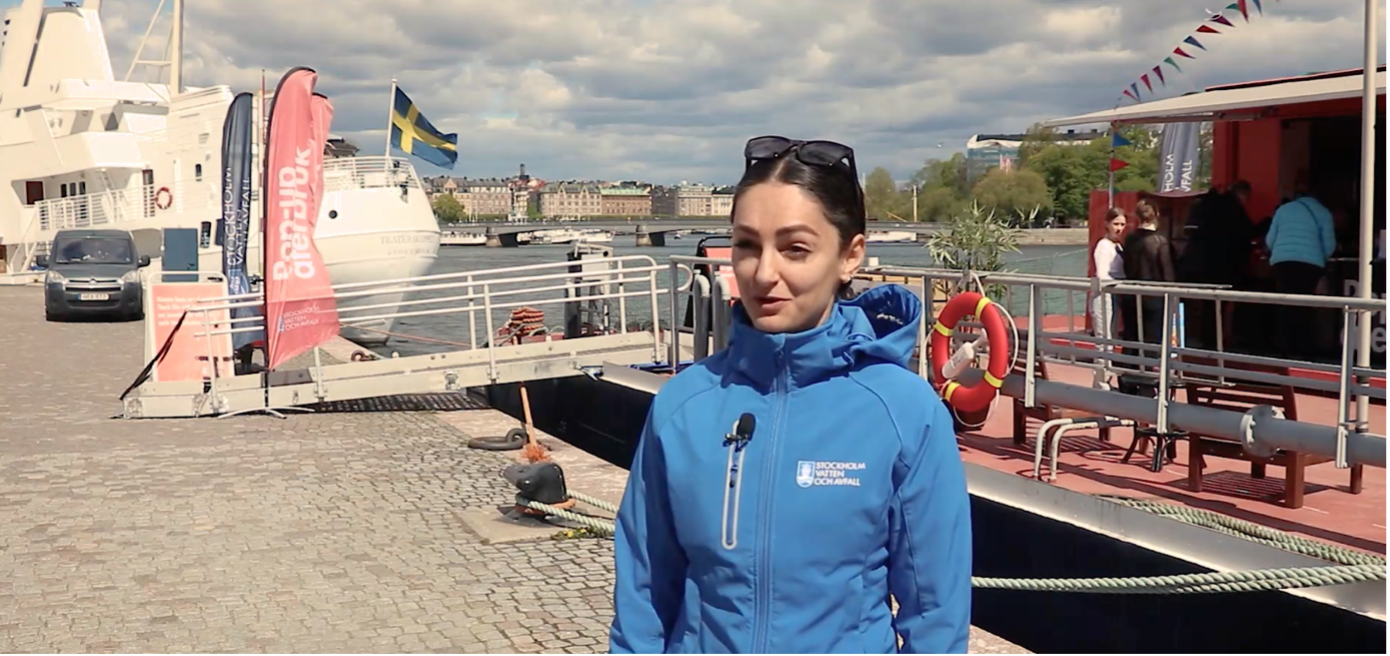
Foto (c) Stockholm/SVOA The Pop-up recycling is a mini recycling centre created on a barge that visits different locations at the Stockholm waterfront. So far these Pop-up recycling centers were implemented in different squares of the city. Citizens can bring their waste, including hazardous waste to the barge. For visitors without a car a free cargo bike is available at the barge and can be borrowed for the transport. You can also drop off your waste and pick up items that others no longer need. There are many municipal staff available on the barge to help visitors unload their waste and find their way around. Link to video
TrafficVision Paris
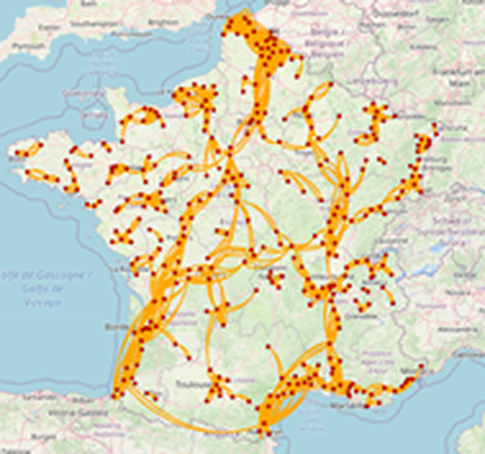
Foto (c) Orange The objective is to derive this information from data generated on a mobile operator network when objects move, within the GDPR framework. Yet a part of the equation is to have a view on origins/destinations, with enough accuracy to spot opportunities of “truck sharing” and enough fuzziness to respect GDPR. To read more, please see the PDF-file below.
Dynamic Service Times Stockholm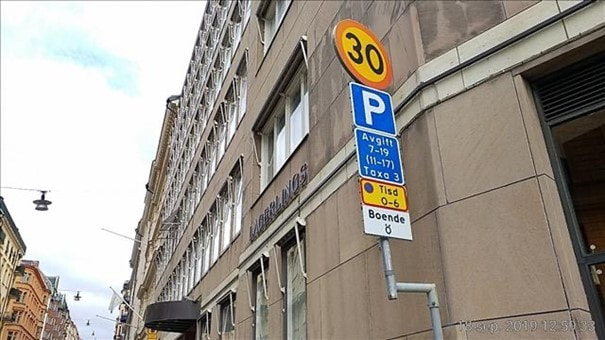
Foto (c) City of Stockholm The Traffic Office in the City of Stockholm conducted a study on "Legal opportunities and obstacles with dynamic service times". They investigated both the possibility of conducting a pilot but also how to enable large-scale implementation of dynamic service times. To read more, please see the PDF-file below.
Clean Organic Food transport in Vienna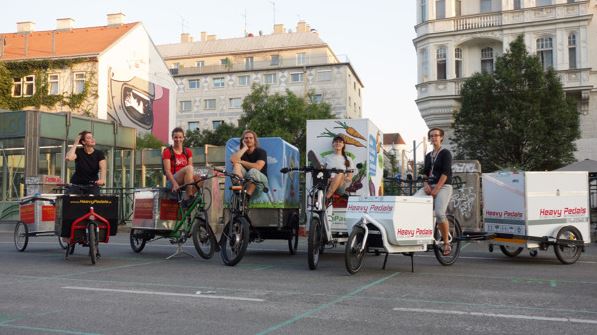
Foto (c) Heavy Pedals GmbH In Vienna, the company Heavy Pedals has been offering delivery services by cargo bike for many years. Two producers and distributors of organic fruit and vegetables in Vienna have many of their food packages delivered by cargo bike. A dynamic hub and spoke system in the city is used for this purpose. To read more, please press the enlarge sign below.
Vienna Out Of The Box - WienBox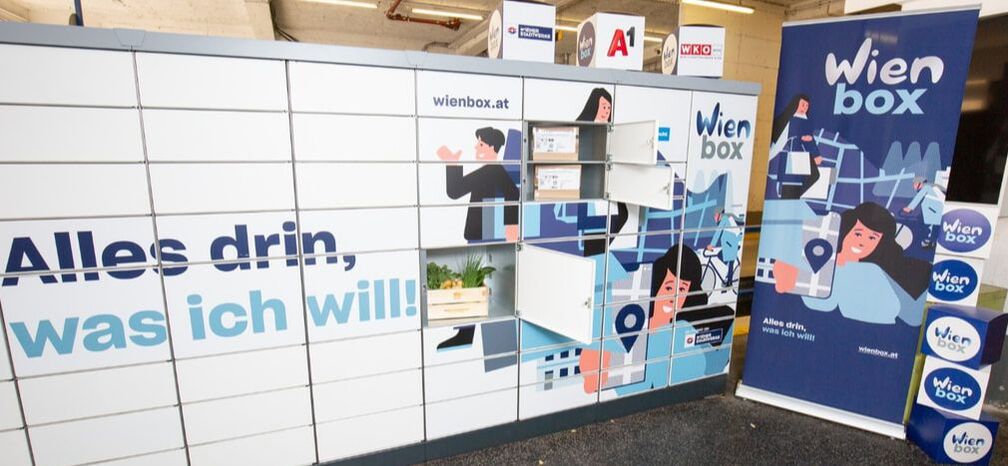
Foto (c) Wiener Stadtwerke/Juhasz Since 2021 Vienna has a new innovative city logistics project whose goal is the establishment of an umbrella brand for neutral parcel and transhipment boxes. The project was initiated by the Wiener Stadtwerke Group. To read more, please see the PDF-file below.
We proudly present the ASAP-Logo - Yes, we have a LOGO! |
Smart Loading Zones in Hamburg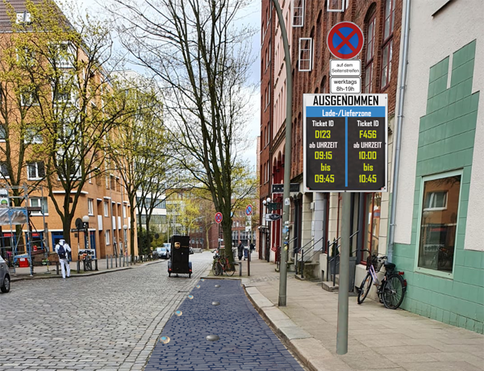
Foto (c) BWI By setting up smart delivery and loading zones and developing a virtual booking system (incl. smartphone app), registered users can book a delivery zone in advance to ensure loading capacities in the desired time frame. This will reduce search traffic, double parking and environmental pollution (NOX and CO2). To read more, please see the PDF-file below.
Remihub, ViennaFoto (c) Roland Hackl / tbw research
The RemiHub in Vienna is a prime example of the use of "sleeping assets" for urban logistics purposes. In this case this means the temporary joint use of public transport areas for city logistics. To read more, please see the PDF-file below.
Floating pop-up-recycling in Stockholm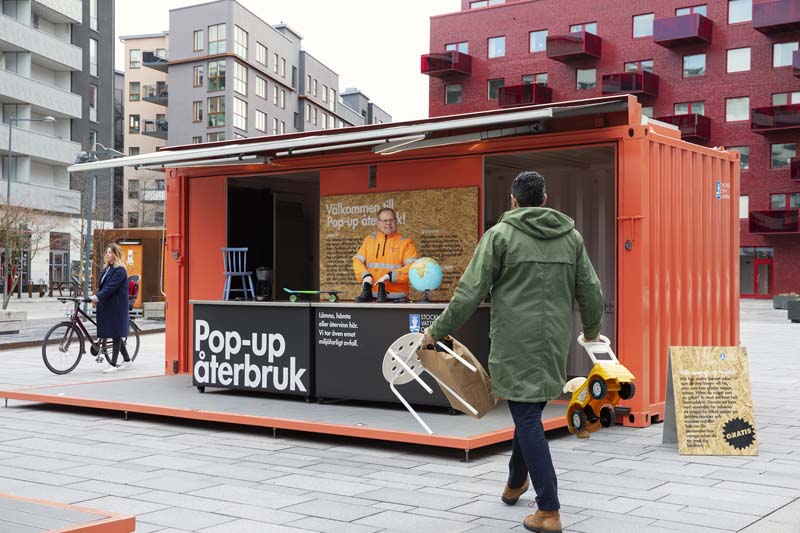
Foto (c) Sanna Lindberg Collection of recycling materials using waterways in Stockholm. Floating recycling is one of three testbeds carried out in Stockholm as part of ASAP. During a weeklong test, waterways will be used to collect and transport waste and reusable items in the city of Stockholm. To read more, please see the PDF-file below.
ASAP online-KICKOFFOn 13 and 14 April 2021, the kick-off meeting of the Awaken Sleeping Assets Project (ASAP) took place. Due to the pandemic, it was unfortunately not possible for the partners to meet physically. Therefore, the coordinator (BOKU Vienna) together with the colleagues from h2.projektberatung put a lot of effort into the creation of an entertaining and appealing programme, which was intended to enable all partners not only to get a concrete and informative overview of the project (objectives, expected results and first steps), but also to get to know each other from a more personal side. To read more, please see the PDF-file below
| ||||||||||||||||||||||||||||||||||||||||||||||||||||||||||||||||||||||||||||||
THE AWAKEN SLEEPING ASSETS
|
Proudly powered by Weebly
|


